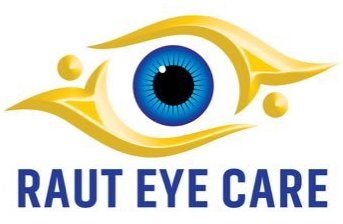
A Slit Lamp Exam is a type of eye exam used to diagnose a range of eye conditions.The exam uses a special device called a slit lamp. It includes a microscope, light source, and magnifying lenses.
The light from the lamp is directed through a thin slit, illuminating the various parts of the eye.During the exam, your eye doctor will examine the front of your eye, including the eyelids, cornea, iris, and lens.
The doctor may also ask you to look directly at the light source and move your eyes in different directions.This allows your doctor to closely examine the movement and function of your eye muscles.
The examination is painless, but it may be uncomfortable for some people if the light is too bright.The doctor may also use different eye drops to dilate the pupil.
The Slit Lamp Exam is an important tool for diagnosing a variety of eye conditions, including cataracts, glaucoma, and dry eye.






